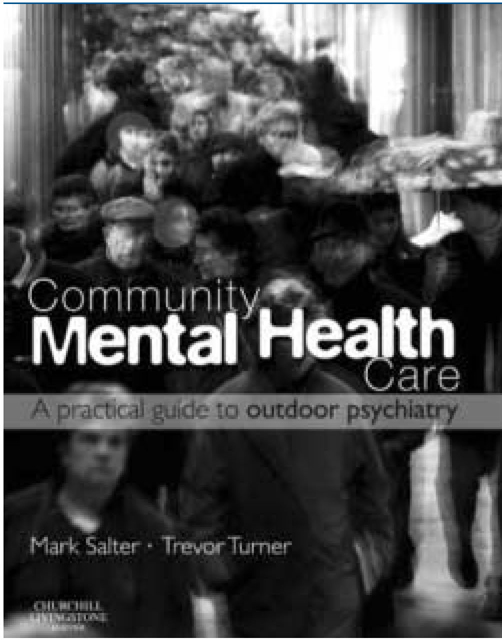
The title of this guidebook gives little hint of the treasure trove of information within its covers. The authors state it is written for a ‘generic mental health worker’, a breed that does not yet exist but is likely to be needed if true community mental healthcare is to be successful. Until that elusive individual arrives, anyone working as a care coordinator is likely to find this book hugely helpful. Trainees who have grappled with understanding the care programme approach and the role of their team colleagues would do well to read some of the chapters in detail.
The book covers the need for community care, accessing care and making diagnoses, and touches upon the pharmacological and psychological treatment of common disorders. It makes clear from the outset that it is not a textbook and the topics are presented in general terms, within a historical context. When discussing community care, a range of suggestions on how to offer support to patients in the community is offered and the importance of keeping healthy as a care worker is stressed. These chapters have a great amount to offer, combining common sense and wisdom with a sense of humour that I did not expect to find, including suggested abbreviations that might be enjoyed by a fitness to practice committee, such as FLK (funny looking kid) and FITH (fucked in the head).
I liked the fact that the term patient is used in preference to user or client and that the chapter on risk cautions against losing sight of the patient at the centre of the assessment at the expense of form-filling. The authors manage to put risk assessment in the context of service provision and current practice without detracting from its importance.
Unfortunately, the chapter on the Mental Health Act is slightly outdated and focuses only on the English and Welsh law excluding the northern perspective. Overall, this book is both an enjoyable read and a helpful resource for clinicians at the coal face of community mental healthcare.





eLetters
No eLetters have been published for this article.